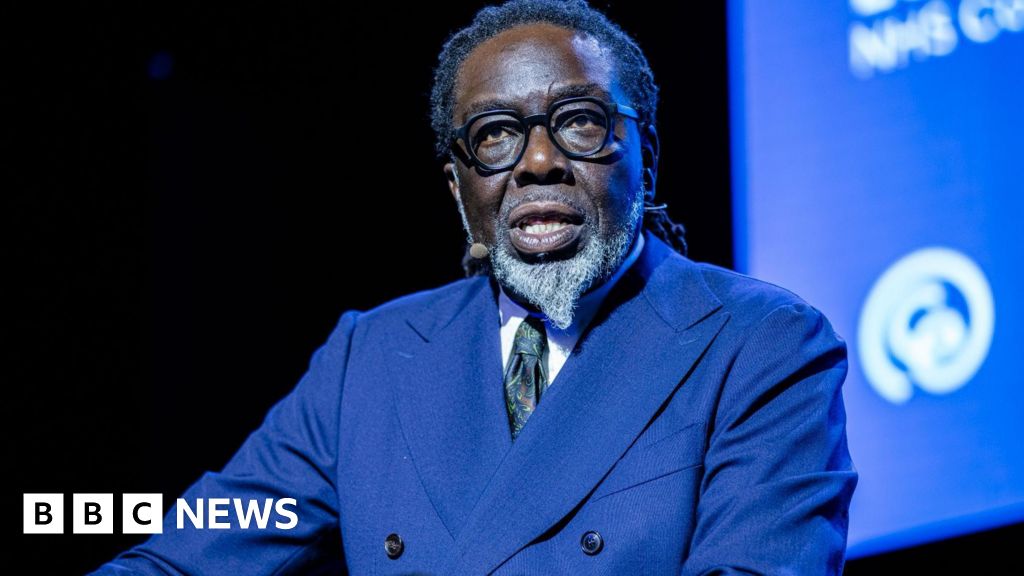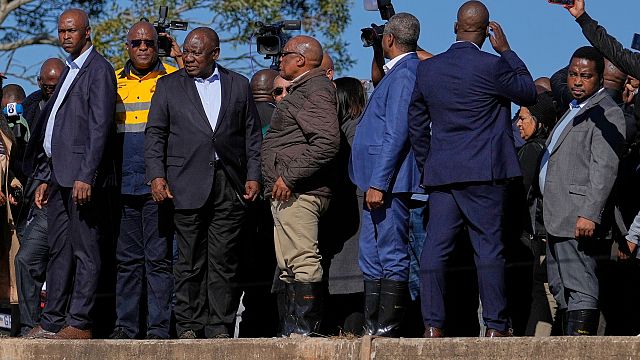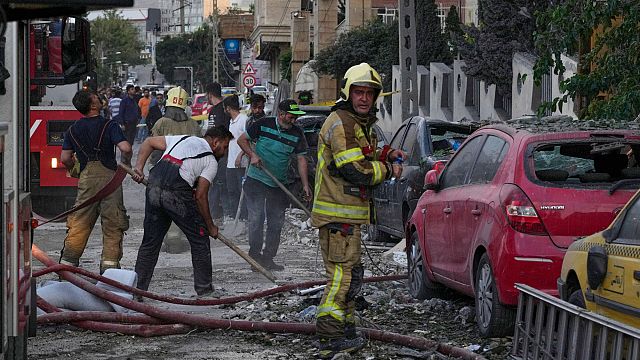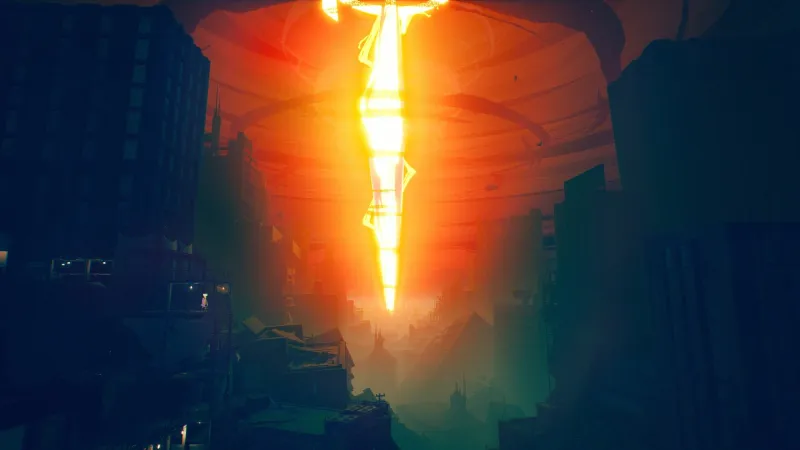Much of Iran’s Nuclear Program Remains After Israel’s Strikes. At Least for Now.


The first phase of the attack did not hit the most likely repository of Iran’s near-bomb-grade nuclear fuel. Israel badly damaged one of Iran’s key nuclear sites and killed a startling array of top military and nuclear officials in the attacks that started on Friday morning. But when the sun rose after that devastating assault, it was also clear how much of Iran’s nuclear program remained, at least for now. The Israeli strikes appear to have destroyed an aboveground nuclear fuel production site and electrical supply centers at Iran’s largest uranium enrichment center, at Natanz. The killing of some of Iran’s top nuclear scientists continues a long-running Israeli campaign targeting the expertise needed to build a bomb. But the first phase of the Israeli attacks did not hit the most likely repository of Iran’s near-bomb-grade nuclear fuel — and that may have been deliberate. That stockpile is stored at a vast complex outside the ancient former capital of Isfahan, according to international inspectors who are charged with measuring and monitoring it. Israel’s 100 fighters and swarms of missiles and drones stayed away from Isfahan in their first wave, even though it is one of the largest nuclear sites in the country and, according to Western intelligence services, one of the centers of Iran’s secret weapons research programs. The Israel Defense Forces issued a news release on Friday afternoon saying that in a second wave of attacks, it had hit Isfahan, but not the fuel stockpile. Instead, it focused on laboratories that worked on converting uranium gas back into a metal — one of the last stages of building a weapon. But it said nothing about hitting the area where the fuel itself is stored. “We saw the fuel there just recently,” Rafael Mariano Grossi, the director general of the International Atomic Energy Agency, the United Nations organization that tracks fuel to make sure it is not diverted to weapons projects, said on Friday, a few hours after the attacks began. Inspectors were inside the Isfahan facilities over the past few weeks, conducting the final inventories for the quarterly report on Iran’s capabilities that was distributed to the agency’s board this month, as it focused on Iran’s compliance with inspectors’ demands. The mystery is why Israel avoided hitting the stockpile, which gives Iran its fastest pathway to producing a small nuclear arsenal. And it was the core of Prime Minister Benjamin Netanyahu’s justifications early Friday for ordering the strike, after two decades in which Israel has always stopped short of pulling the trigger. “Iran has produced enough highly enriched uranium for nine atom bombs — nine,” he said. (Other experts put the figure slightly higher, at 10, but the actual number would depend on how efficiently the Iranians prove to be at producing a warhead or a bomb.) Mr. Netanyahu went on to discuss the danger he believed the stockpile’s existence posed: “In recent months, Iran has taken steps that it has never taken before, steps to weaponize this enriched uranium.” He argued that if Iran was not stopped, it “could produce a nuclear weapon in a very short time.” “It could be in a year,” he said, “it could be within a few months — it could be less than a year.” Israeli officials did not respond to queries about why they spared the stockpile, at least for now. It is possible that the Isfahan complex could be targeted in a next wave. President Trump said on Friday that “there’s more to come, a lot more,” adding that the next attacks would be “brutal.” But outside experts believe avoiding Isfahan was a deliberate choice. “The fact that Israel did not bomb a known uranium production facility at Isfahan,” said Jon Wolfsthal of the Federation of American Scientists, which tracks Iran’s nuclear progress closely, “suggests either that Bibi was worried the bombing might cause a radiological incident or that they actually think this will lead Iran to surrender its uranium stocks voluntarily.” The concern about a “radiological incident” is a real one. Bombing the fuel storage site in its current form would not trigger a nuclear explosion. But it could release the fuel into the environment, creating a radiation hazard, essentially turning the Isfahan plant into a dirty bomb. (Mr. Grossi said late Friday that there was some chemical and radiological contamination at the heavily hit Natanz plant, but that the underground halls that hold some of Iran’s most modern and powerful centrifuges did not appear to have been pierced.) History suggests Israel is highly sensitive to the risk of triggering the release of radioactive material. When it bombed Saddam Hussein’s Osirak nuclear reactor in 1981, an effort to keep Iraq from gaining a nuclear weapon, it struck before fuel was put into the plant. And it did the same when it hit a plant in Syria that was being built by the North Koreans, though in that case Israel tried for months to hide its responsibility for the bombing campaign. In the strike on Iran on Friday morning, it boasted about the details. Another possible explanation is that Israeli officials believe they can block the Iranians from further enriching the stockpile to bomb-grade levels — 90 percent — a process that would take only days or weeks, in the public estimation of American intelligence agencies. (It is possible to make a weapon with lower-purity fuel, but it creates new challenges.) Iran’s choices are limited. The country’s largest enrichment plant at Natanz was the primary target in the early hours of Friday, and cellphone videos showed it was still smoking. “We believe it is heavily damaged,” said Mr. Grossi, who has visited Natanz often. If Natanz is out of operation, Iran’s best bet would be to get the fuel to the smaller enrichment plant at Fordow, buried deep under a mountain on an Islamic Revolutionary Guards Corps base. Mr. Grossi estimates it is half a mile deep, most likely making it impervious to Israel’s bunker-busting weapons. So far the Trump administration has made clear it will not join in the attacks, which would include making use of the giant bunker buster the United States developed to take out such deeply buried sites in Iran and North Korea. According to some reports, Israel may be trying anyway; there were indications of bombing in the area of the mountainous facility on Friday evening. Even if that is unsuccessful, Iran would almost certainly not want to take the risk of transporting its 60 percent enriched fuel to the Natanz site. It would be “a sitting duck for their drones,” one former American intelligence official who worked extensively on Iran said on Friday. In selecting its targets, Israel also bet that it could set back the effort by killing key scientists. On Friday, the deaths of two of them were widely reported in Iran. One was Mohammad Mehdi Tehranji, a physicist and the president of the Islamic Azad University in Tehran, which has long been associated with work on Iran’s nuclear and missile programs. The other was a man Israel has tried, and failed, to kill before. Fereydoun Abbasi was the tough-talking former head of the Atomic Energy Organization of Iran. In November 2010, at the height of Israel’s “sticky bomb” attacks in which explosives were slapped on the drivers’ doors of scientists caught in Tehran traffic, Mr. Abbasi was badly wounded. Perhaps because of his military training, he reacted instantly to the click of the magnetic bomb on his door and pulled himself and his wife out of the car before it was consumed in a fireball. He emerged from that attack more determined than ever to pursue Iran’s program, and for several years became its public face as the head of Iran’s Atomic Energy Organization. He offered the world assurances that his country’s interest in nuclear technology was entirely peaceful. He argued that all the evidence provided by international inspectors that an active warhead project existed in Iran dating back 20 years or more — including drawings of the weapons and calculations about the best heights to detonate a weapon — was part of an Israeli fabrication effort to justify a future attack on Iran’s nuclear facilities. He was among the first to die when those strikes began.
What's Your Reaction?
 Like
0
Like
0
 Dislike
0
Dislike
0
 Love
0
Love
0
 Funny
0
Funny
0
 Angry
0
Angry
0
 Sad
0
Sad
0
 Wow
0
Wow
0






































